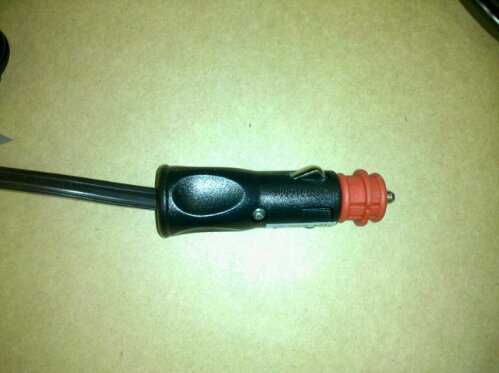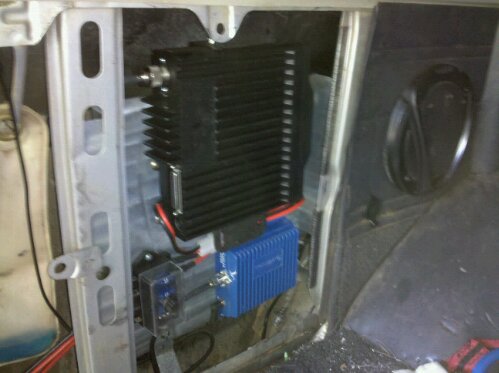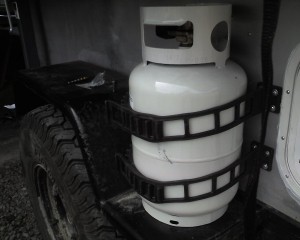From ARB’s Tech Bench.
Proper ARB Fridge Power Supply
With the introduction of the new ARB Freezer Fridge that utilizes a highly sophisticated power supply with low voltage cut-off and fault code diagnostic system we’ve found these units are very sensitive to poor performing power sockets and the associated circuits of the vehicles they are used in. Typically
the problem plugs are at the rear of a vehicle and the problem is low voltage at the socket. The result is a fridge that reads an incorrect dead battery and shuts off flashing a low voltage code.………………………..
The Fix: ARB now offers a kit with 18 feet of appropriately sized wire, needed terminals, fuse, and female socket to wire a full time permanently hot fridge plug into the vehicle. This is a cost effective solution to add the needed power capacity for the fridge and gain an additional outlet in the rear cargo area of the truck ensuring the fridge functions as it was designed.
Full ARB article available here [download id=”4″] in pdf
Now available from East Olympia Cruisers.
So I ordered one, even though I had just added a plug during my Communications Upgrades. I wanted to get the Hella style positive locking plug. It comes with every thing you need to easily connect the fridge directly to your battery. There is the plug, with a short pig tail and connectors. There is 18 feet of 2-10 primary wire with with an inline fuse and crimp connector and housing to connect to the socket pig tail.
You will find the socket smaller then the average 12v accessory outlet, but it is very solid sealed metal bulk head type socket. It also has a spring loaded cover.
Since I already have a 6awg primary wire running from my battery to the back of the vehicle, I didn’t need the supplied wiring or fuse, but I have not been able to find the socket any other place. I mounted the socket right next to my 12v accessory socket and wired into my auxiliary fuse block in the rear quarter panel.










![Photo_052509_003[1]](https://olympiafj60.net/wp-content/uploads/2009/12/Photo_052509_0031-300x240.jpg)
































